
Overview
We're committed to conserving and protecting our water resources.
With Laurel Creek winding through campus and proximity to the Grand River, responsible stewardship of our water is critical for Waterloo and the broader community. Moreover, climate change is contributing to heavier rainfalls followed by periods of drought, underscoring the importance of water conservation and stormwater management.
Waterloo is taking action by implementing water conservation measures, more efficient technologies, and expanding stormwater features across campus to minimize flooding risks, reduce infrastructure demands, and naturalize the campus.
Waterloo has a rich diversity of groundwater and surface-water resources that it aims to responsibly steward. Through its development practices, sustainable land care standard, water discharge, water conservation, and pollution protection efforts, Waterloo has numerous activities underway to minimize the University's physical, chemical, and biological impacts on these important local ecosystems.
Learn more about some of these initiatives below.
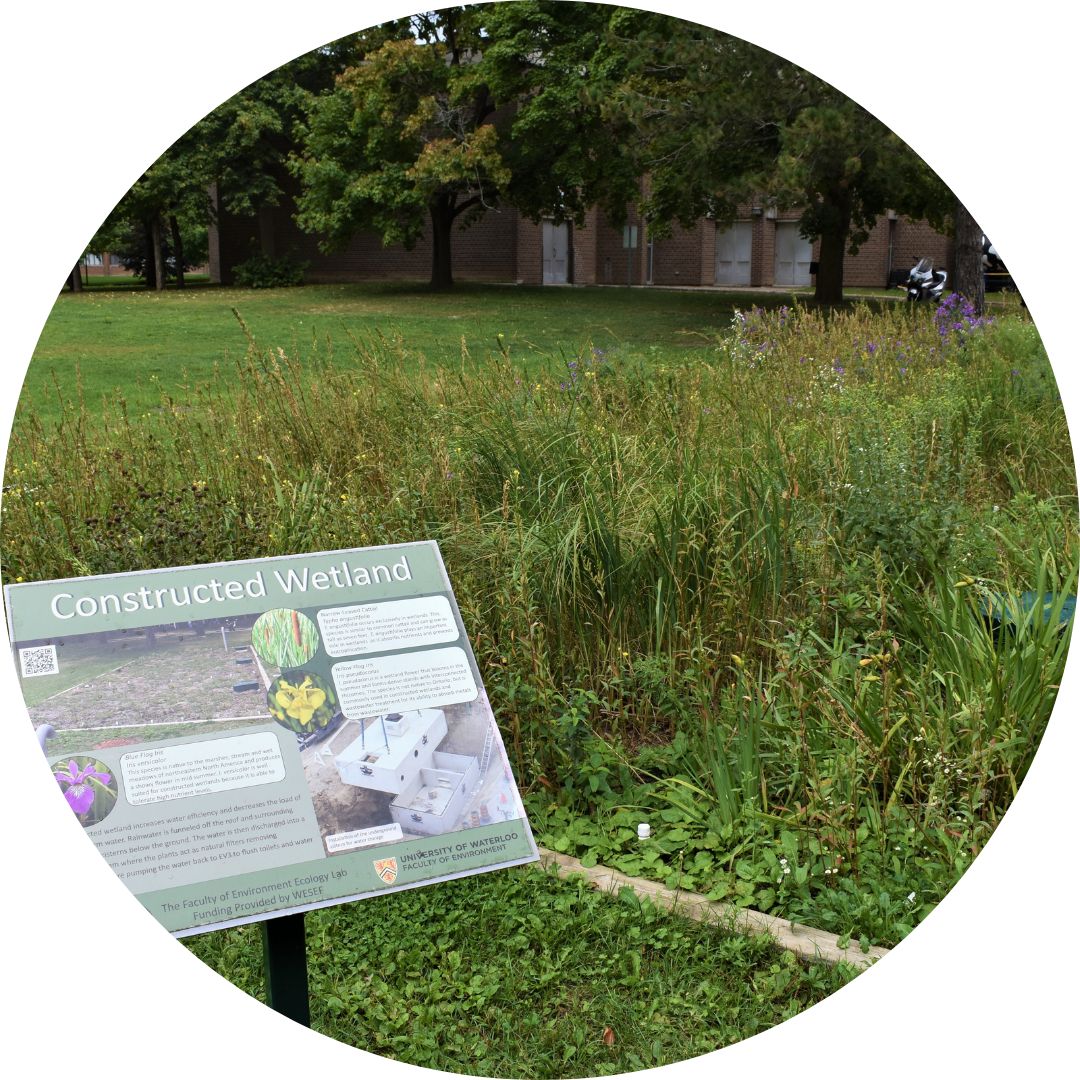
Wetlands
Wetlands provide many ecosystem services for communities and society, including flood control, carbon sequestration, and wildlife habitats. Waterloo's Environment 3 building features a greywater system that connects to a constructed wetland. Excess rainwater from the rooftop is stored in an underground cistern beside the building, where it is slowly filtered through the plants above. An educational sign is posted next to the wetland to learn more about how it works.

Permeable pavement
When a lot of rain hits hard surfaces such as concrete, it picks up speed and can overwhelm municipal stormwater systems, causing flooding and erosion. Permeable pavement helps control runoff during heavy rainfall and recharge our local water table by slowing water down and allowing it to filter back into the ground. Waterloo has a number of permeable pavement sites, including by the Arts-Environment Gardens (between HH, EV1 and PAS) and next to the Davis Centre.
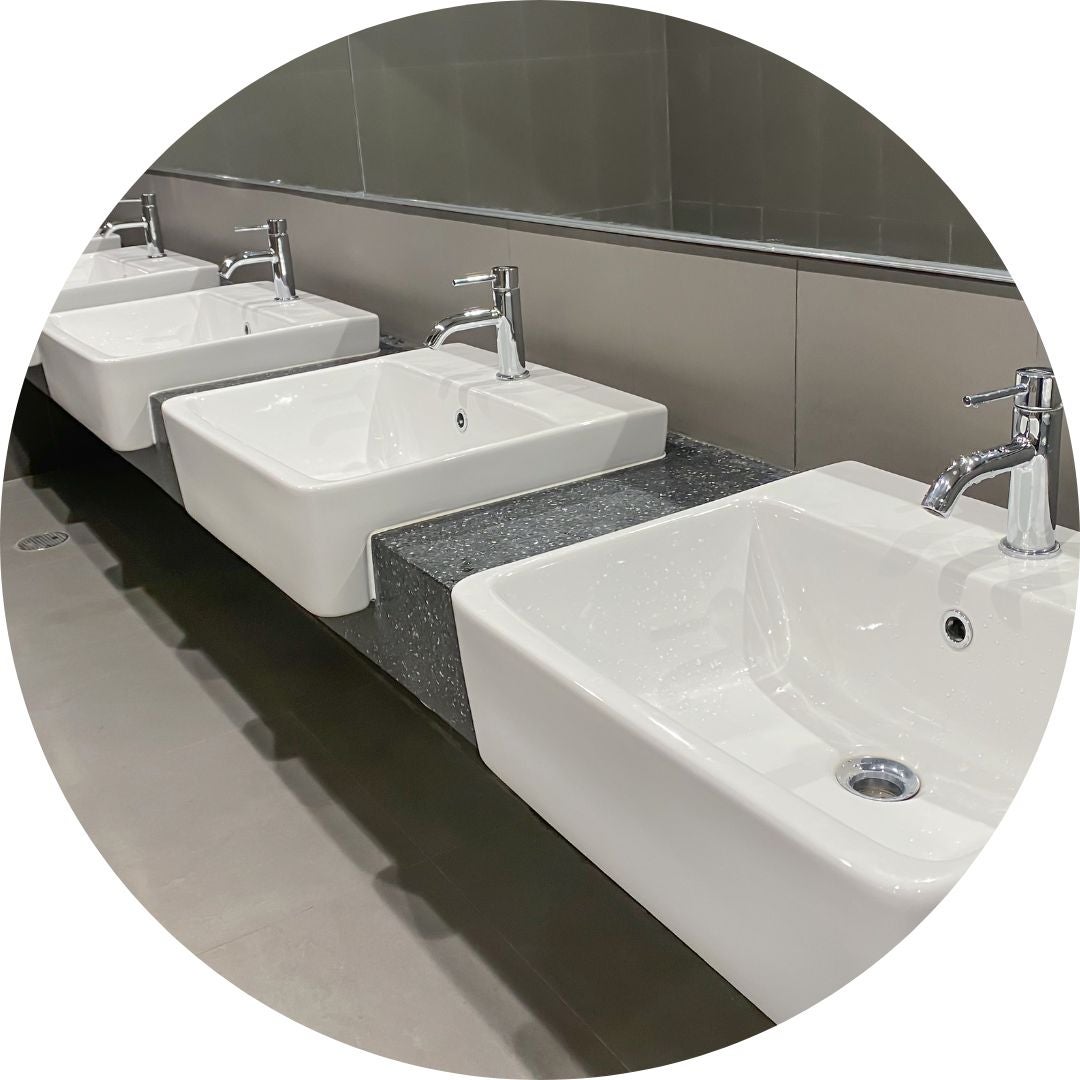
Water-Efficient Fixture Standards
Plant Operations leads ongoing retrofits to replace old faucets, taps, toilets, and showerheads with more efficient models. These will reduce water consumption for most showers and sinks by 30-40%, saving water and energy to heat water. This has included upgrading over 1,500 showerheads and more than 3,000 faucets to a more high-efficiency standard, typically targeting less than 1GPM for showerheads and 0.5GPM for faucets.
New buildings and renovations are also required to include these low-flow technologies to minimize water use. In shadowing the LEED standard, Waterloo has also developed site-specific measures to reduce water consumption, such as through the cistern at the Environment 3 building which collects rainwater and circulates it as greywater through the building.
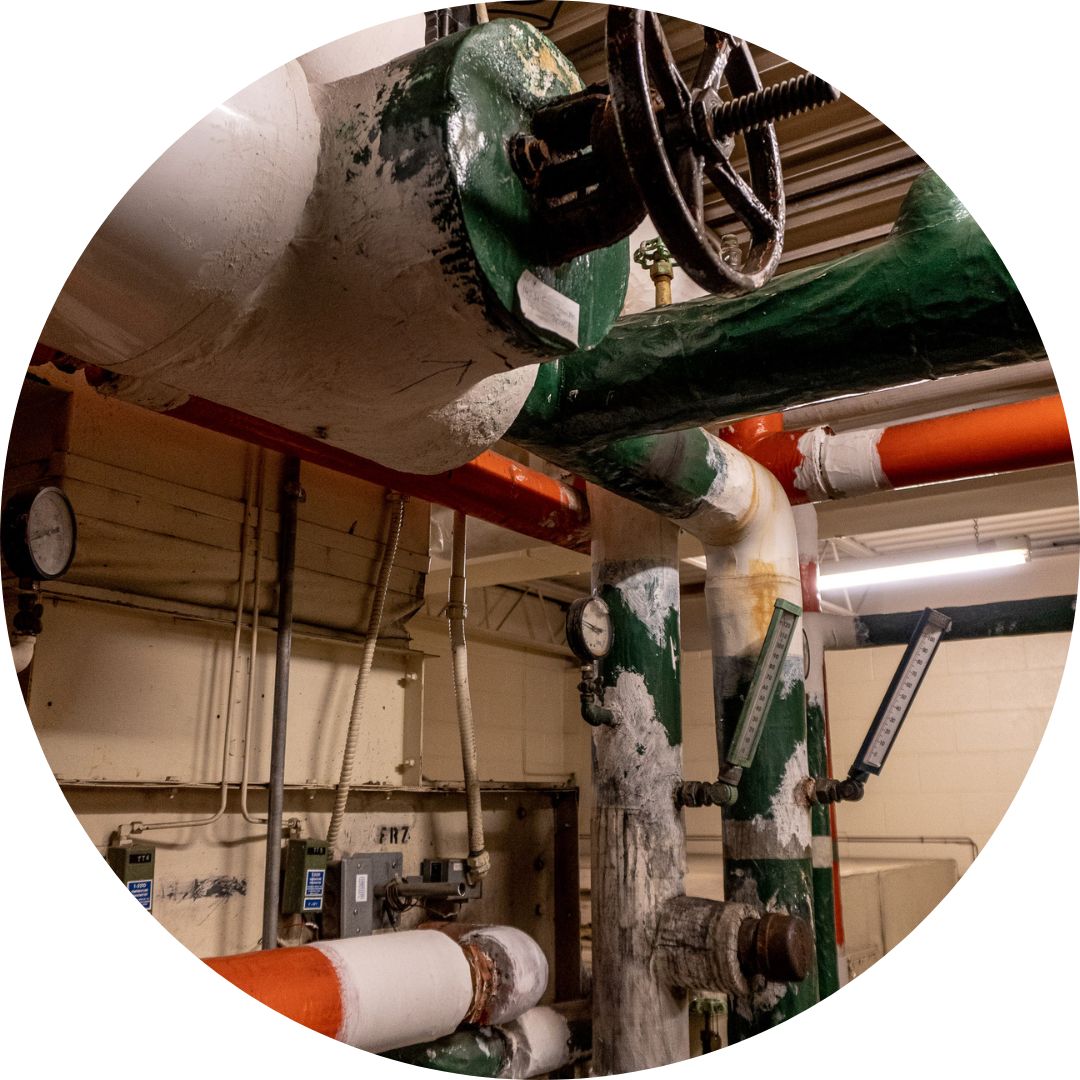
Water recirculation and reuse system
Waterloo has a steam boiler that heats most of South Campus. This system is cost-efficient, but requires a large amount of water to pump steam to campus buildings. Plant Operations installed a closed-loop system to re-circulate water from the heating and cooling systems, rather than sending it down the drain. This active re-use program repurposes significant quantities of water annually.

Fish Lab renovation
The Fish Laboratory in the Biology 1 building underwent a major retrofit in 2008 that has realized an annual water savings of 19,000 m3. That's the same as the average water consumption for over 250 homes in Waterloo Region!

Community resources
There are lots of opportunities to conserve water at home. For more information, check out water saving programs from Region of Waterloo for homes and multi-residential properties.
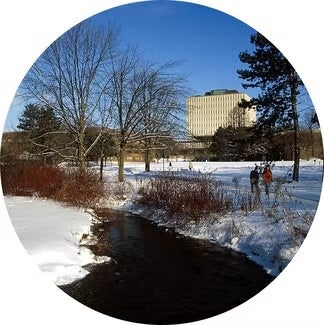
Water Quality Discharge
The University of Waterloo ensures that toxic chemicals and other pollutants are not put down the drain to enter into local watersheds and ecosystems. The University complies with all relevant legislation, including Region of Waterloo bylaw 21-036 that governs the safe and effective discharge of water into sanitary and storm sewers. Laboratories and research spaces are also directed to utilize the University of Waterloo's hazardous waste program through the Safety Office for disposal of chemicals.
The University of Waterloo also has a spills response process that ensures safe and environmentally-sensitive containment and management of any chemical spills in laboratories and other campus spaces. This supports human health and safety as well as prevention of pollution into local ecosystems, groundwater, and surface water.
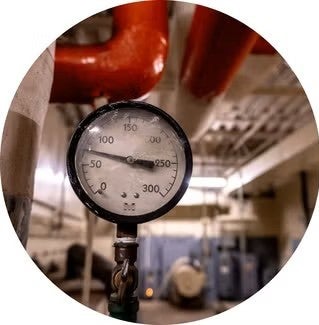
Tracking of Water Efficiency
Waterloo tracks its water consumption on an ongoing basis, and has begun implementation of a comprehensive submetering program that will give detailed building-by-building water consumption information for regular water as well as hot water. This will enable better planning, leak detection, and efficiency opportunities.
Waterloo also monitors through the Central Plant and its building automation systems the status of its recirculation program to ensure water is being properly conserved through the central heating and cooling loops.

Marine Pollution Reduction
In addition to discharge of wastewater, Waterloo also supports pollution reduction to local marine ecosystems through a comprehensive salt management plan with the Region of Waterloo and utilizing appropriate site control measures during construction and renovation projects. The Sustainability Office also organizes annual campus clean-ups during Earth Month to engage members of the community to collect and remove physical waste from shorelines and riverbanks that run through the campus.
In Waterloo's supply chain, the campus also requires all seafood purchases to be Marine Stewardship Council certified, ensuring responsible fishing practices that prevent overfishing and unnecessary bycatch.
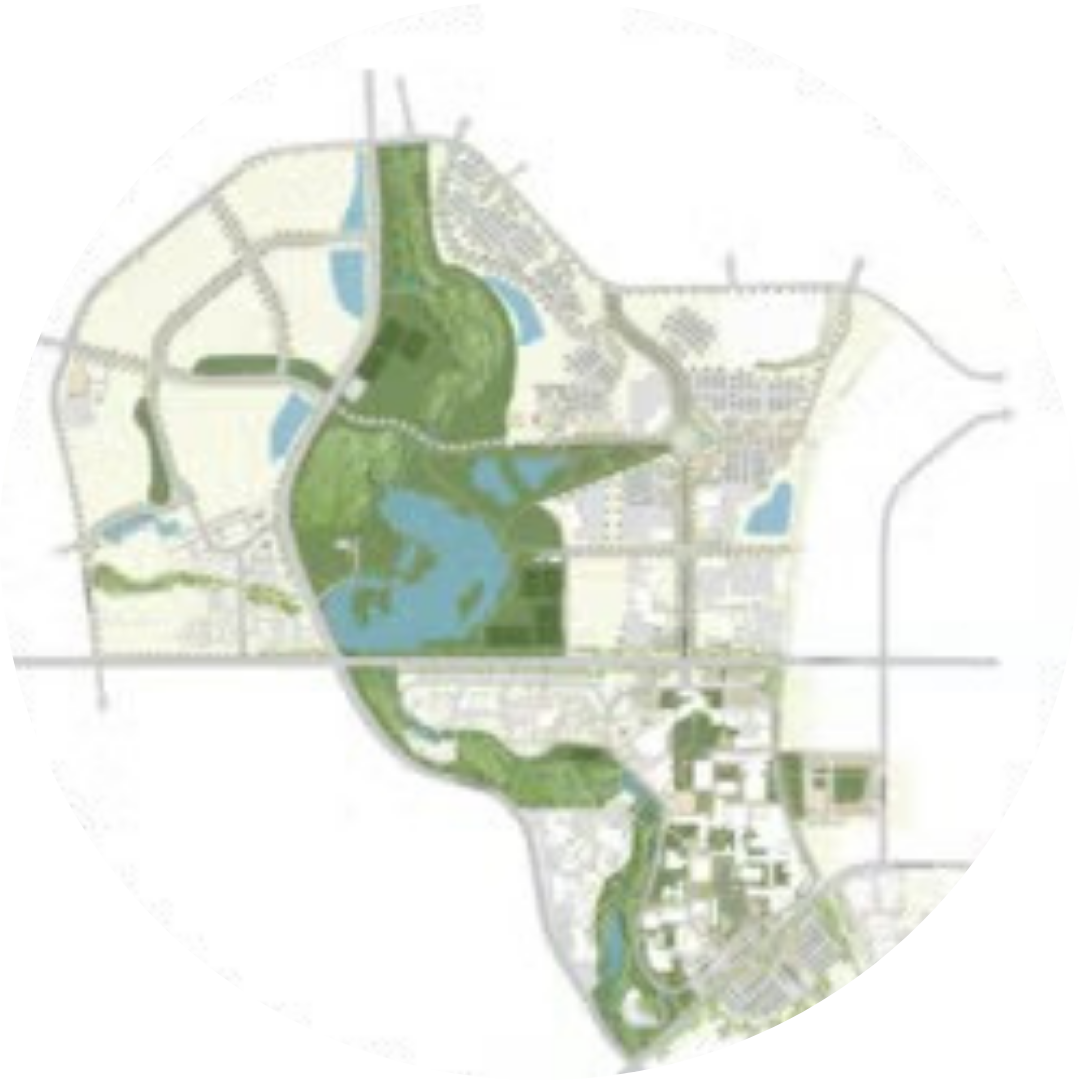
Community Collaboration
The Laurel Creek Corridor and Columbia Lake are important parts of the aquatic ecosystems of Waterloo Region. These water features connect within the broader Grand River watershed and, after passing through the campus, wind through Uptown Waterloo and have important connections to drinking water protection areas.
The University of Waterloo works closely with the Region of Waterloo, City of Waterloo, and Grand River Conservation Authority to plan, manage, and protect aquatic ecosystems within the campus that are intimately connected with the community. This has included collaborations on:
- Flood plain mapping and protections
- Salt use management and reduction planning within drinking water protection wellhead areas
- Identification of aquatic species within University-managed ecosystems
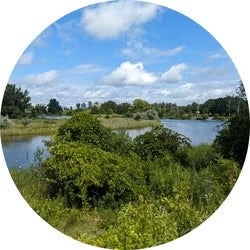
Groundwater Extraction
Waterloo has greatly limited its reliance on direct groundwater extraction, with the vast majority of consumption coming through municipal water services. The University operates several wells and ensures compliance with all local and provincial regulations and permitting.
As the campus expands its climate action planning, utilizing the immense groundwater resources underneath the University through geo-exchange heating and cooling systems will be a key strategy. Waterloo is working with city, regional, and all other permitting and approval bodies to ensure that these efforts are done sustainably and protect the integrity of the aquifer from surface contamination and balancing of heat extraction and deposits.


